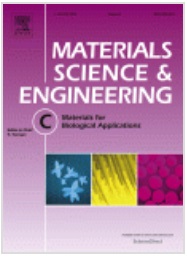Quantum dots (QDs) are semiconductor inorganic fluorescent nanocrystals in the size range between 1 and 20 nm. Due to their very small size, they possess unique properties and behave in different way than crystals in macro scale. The specificity of QDs makes them widespread in many branches of human life. The disciplines that took recently huge advantage from the development of nanotechnology are medicine and pharmacy. The creation of particles of very tiny sizes allowed these two sciences to develop or revolutionize the techniques of diagnosis or drug delivery. The most important feature for application of fluorescent nanocrystals in medical and pharmaceutical sciences is their high surface to volume ratio enabling QDs' conjugation to multiple ligands. Other properties of great importance are dispersibility and water stability, high and not easy quenched fluorescence, biocompatibility, and small and uniform sizes. In this review with ca. 200 references the recent developments in QD synthesis, surface modification, QD-based bioimaging, biotracking of drug molecules, biosensing and photodynamic therapy are summarized.

